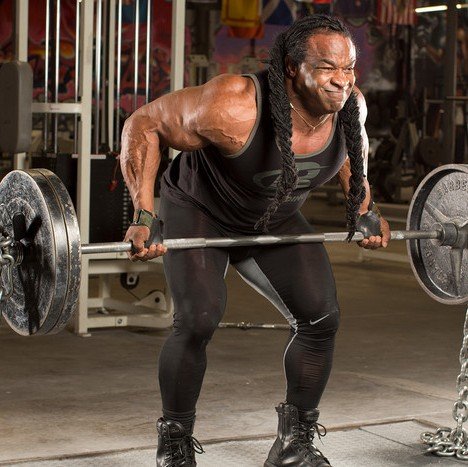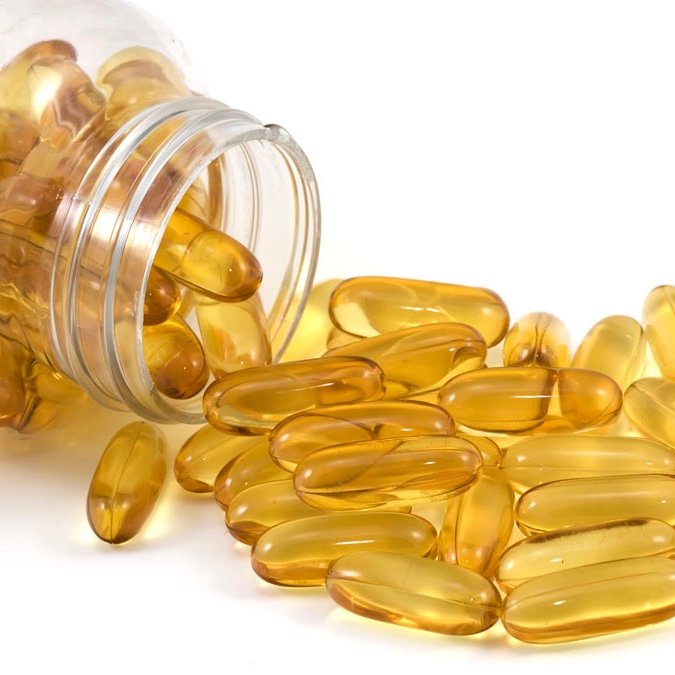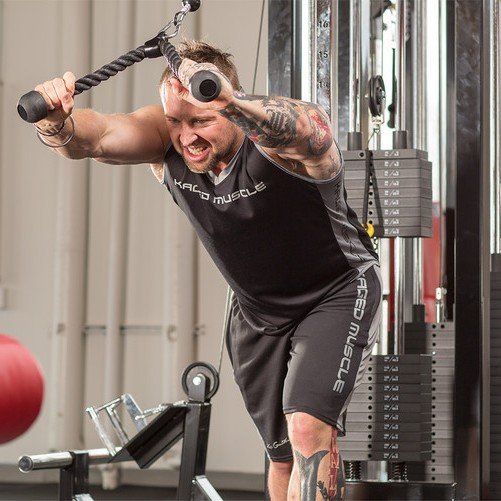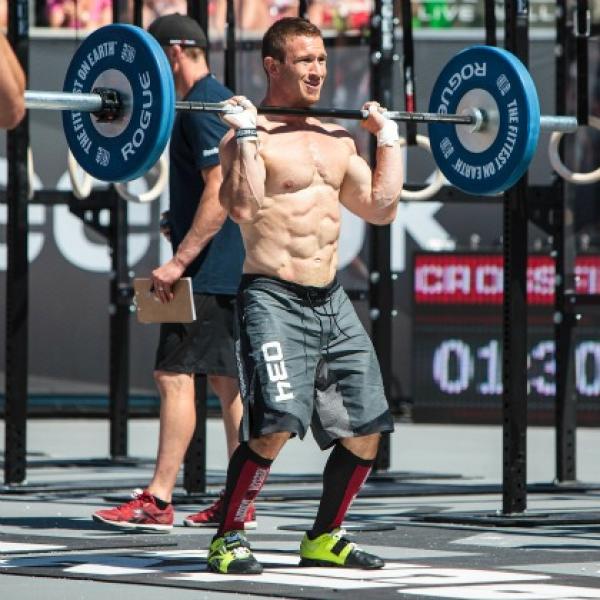If you think that researchers—or research-savvy lifters—have figured out everything important there is to know about muscle growth over the years, you're giving us way Too much credit. Muscle growth, like every other field of study, is constantly growing and expanding.
Need proof? Look no further than these four revelations from recent years.
1. Muscle-Building Capacity Is Retained Long After You Stop Training
It's common knowledge that if you stop lifting weights, your muscles will atrophy and eventually return to their previous size. What you might not know, however, is that you'll get back that lost muscle much more easily if and when you reinitiate your training efforts.
You have satellite cells to thank for this. Simply stated, satellite cells are muscle stem cells. These special cells remain dormant at rest, but they're awakened by muscle contractions and muscle damage during resistance training. Once activated, satellite cells fuse to the affected muscle fibers and donate their nuclei to the fibers. Nuclei are the "brains" of the cell responsible for producing the muscle proteins necessary for growth.
More nuclei translate into a greater growth potential of the muscle. What's more, satellite cells are self-regulating; when repeatedly activated, they ultimately multiply to facilitate future growth.
But here's the really cool part: Once a muscle obtains new nuclei, those additional nuclei are maintained over time, even if training is discontinued. So when you start training again, those extra nuclei are still there to ramp up protein synthesis and get back all that hard-earned muscle you lost. Now, that's muscle memory you can put to good use.
2. You Can Gain Substantial Muscle Even Using Very Light Weights
It's long been preached that you need to lift heavy if you want to grow. Some researchers have claimed that training with loads below about 65 percent of your 1RM is not sufficient to activate high-threshold motor units—the ones that are associated with the fast-twitch muscles fibers, which are proposed to have the greatest growth potential.
However, emerging research refutes these claims. In fact, loads as low as 30 percent of 1RM have been shown to produce substantial hypertrophy.
Initially, I dismissed these studies because they were carried out in untrained individuals. Given that newbies sometimes get bigger from cardio, I figured that light loads wouldn't provide a sufficient hypertrophic stimulus in athletes who were well-trained. I was wrong.
My lab subsequently carried out a study in resistance-trained men who had over three years of lifting experience. One group trained in a classic hypertrophy rep range of 8-12RM; the other group trained using very light loads, such as 25-35RM. After 8 weeks, growth in the biceps, triceps, and quads was similar between groups.
Interestingly, some evidence indicates that growth may be specific to fiber types, with lighter loads targeting the type I fibers and heavier loads targeting the type II fibers. This suggests that training across a spectrum of loading ranges would be best for maximizing growth. And if an injury or other circumstances dictate that heavy lifting isn't a possibility for you right now, there's nothing wrong with ramping up the reps.
3. The "Anabolic Window" Is Really More Of An "Anabolic Barn Door"
For years, it was taken as gospel that muscle growth is predicated on slugging down a protein shake within an hour post-workout—the so-called "anabolic window of opportunity." According to gym lore, if you miss out on this window, you rapidly become catabolic, and muscle-building is seriously impaired.
However, the body of research doesn't support this theory. Our recent meta-analysis that pooled the results of 23 studies on the topic found that any purported benefits of the strategy were attributed to consuming additional protein as opposed to a placebo, regardless of when the protein was consumed. This led to the conclusion that it's the total daily protein intake responsible for enhanced anabolism, not the timing of consumption.
To further test the anabolic-window theory, we recently carried out a controlled study where one group of resistance-trained individuals received 25 grams of protein immediately prior to training and the other group received the same protein drink immediately post-workout. Results showed similar hypertrophic increases in both groups. Post-workout timing had no addictive effect on growth.
This doesn't mean that a post-workout shake is always totally useless; it depends on how you structure the rest of your day. We know that the anabolic effects of a protein-rich meal last approximately 5 hours. So, if you are eating protein-rich meals at roughly evenly spaced intervals throughout the day, you'll hit your "anabolic window" regardless of when you train.
If a shake helps you maintain that consistent protein intake, then it has served its purpose. But it definitely doesn't have to be within 60 minutes of your workout to "count."
4. Pain Pills Can Impair Muscle Growth—Depending On Who You Are
Taking an NSAID such as ibuprofen (Advil, Motrin, Nuprin) to reduce inflammation and muscle soreness after—or even before—a hard workout is a regular part of many lifters' routines. These analgesics are purported to reduce pain by inhibiting the activity of cyclooxygenase (COX), a family of enzymes that facilitate production of proinflammatory prostanoids. But while this might help to temporarily alleviate discomfort, it may actually inhibit your muscular gains.
Emerging evidence shows that post-exercise inflammation is integral to the growth process. Prostanoids are believed to be particularly important to anabolic signaling, possibly by stimulating pathways responsible for carrying out muscle protein synthesis. And although the research is currently conflicting, there is some evidence that high doses of ibuprofen (1,200 milligrams or higher) may in fact blunt protein synthesis.
What seems to be more at issue is the potential negative effect on satellite cells associated with consistent NSAID use. As previously mentioned, satellite cells are responsible for donating nuclei to muscle fibers, thereby increasing their capacity to produce muscle proteins. An impaired satellite-cell response would be detrimental to long-term growth.
Interestingly, several studies have found that NSAIDs actually have a beneficial impact on hypertrophy. The caveat is that subjects in the studies involved untrained, elderly individuals. The elderly are prone to chronic low-grade inflammation, which—unlike the acute inflammatory response—has a negative impact on muscle growth. Thus, the positive effects of NSAIDs in this population may well be due to reducing the low-grade inflammation, which outweighs any negative effects on the acute response.
But for young, healthy individuals—especially those who lift consistently—this type of chronic inflammation is far less likely to be an issue. These lifters may well see impairments to hypertrophy if NSAIDs are consumed on a regular basis. Sure, NSAIDs can help with short-term pain management, but to steer clear of any potential negative effects on muscle growth, don't treat them like a food group, and stick to lower doses, like 400 milligrams or less.
Adapted with permission from "Science and Development of Muscle Hypertrophy," by Brad Schoenfeld, PhD (Human Kinetics; 2016) - the first and only textbook to fully explore the scientific basis of muscle growth, as well as the practical implications of the science.
Source: Too




